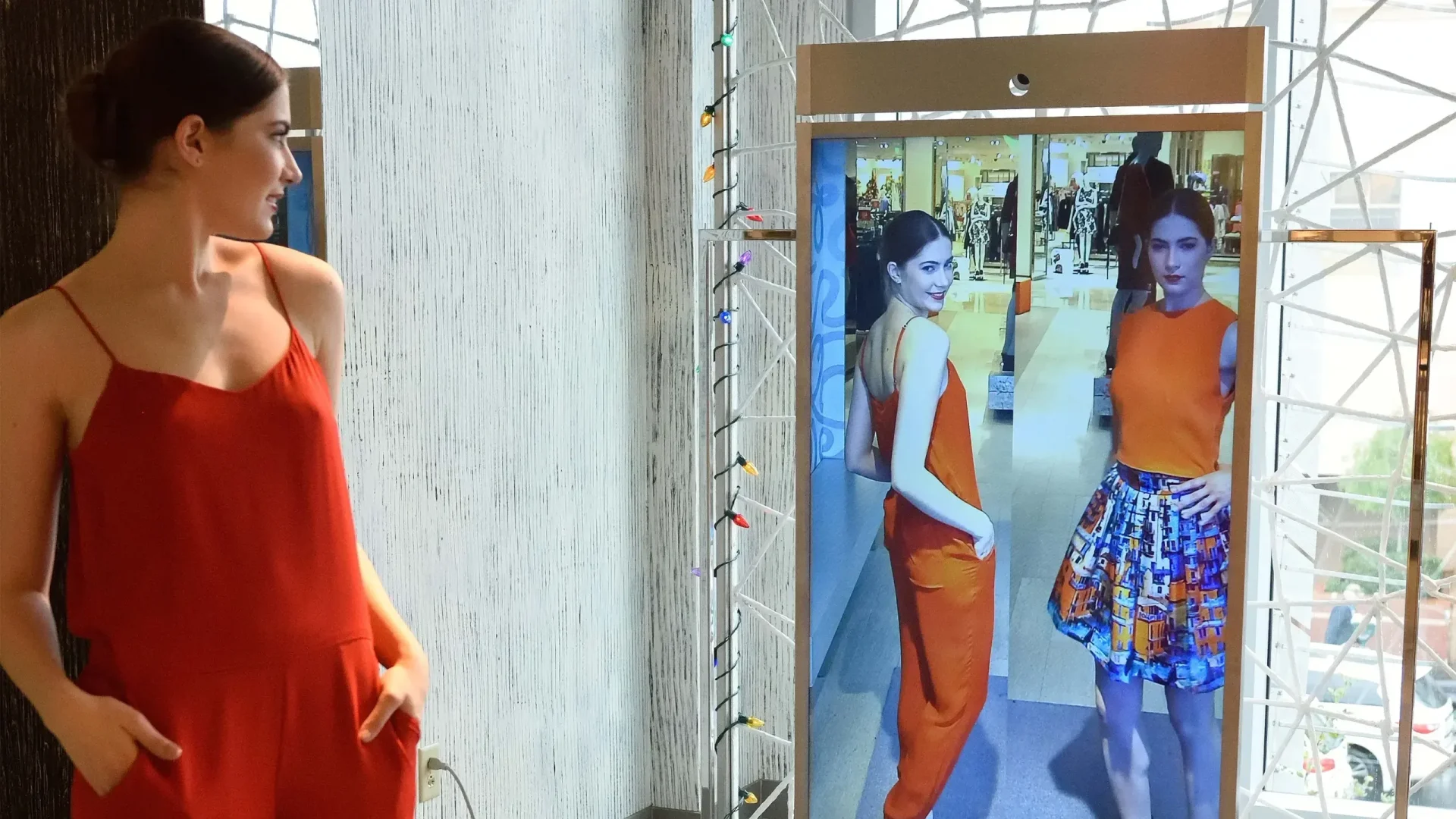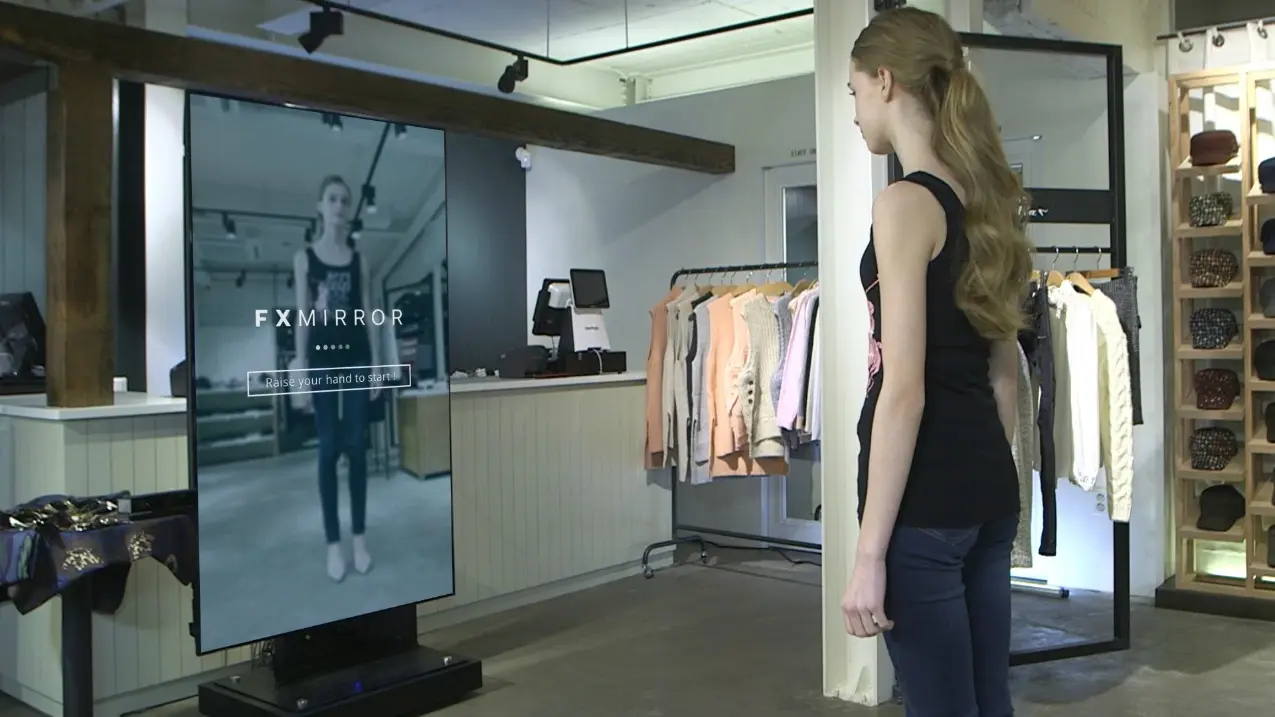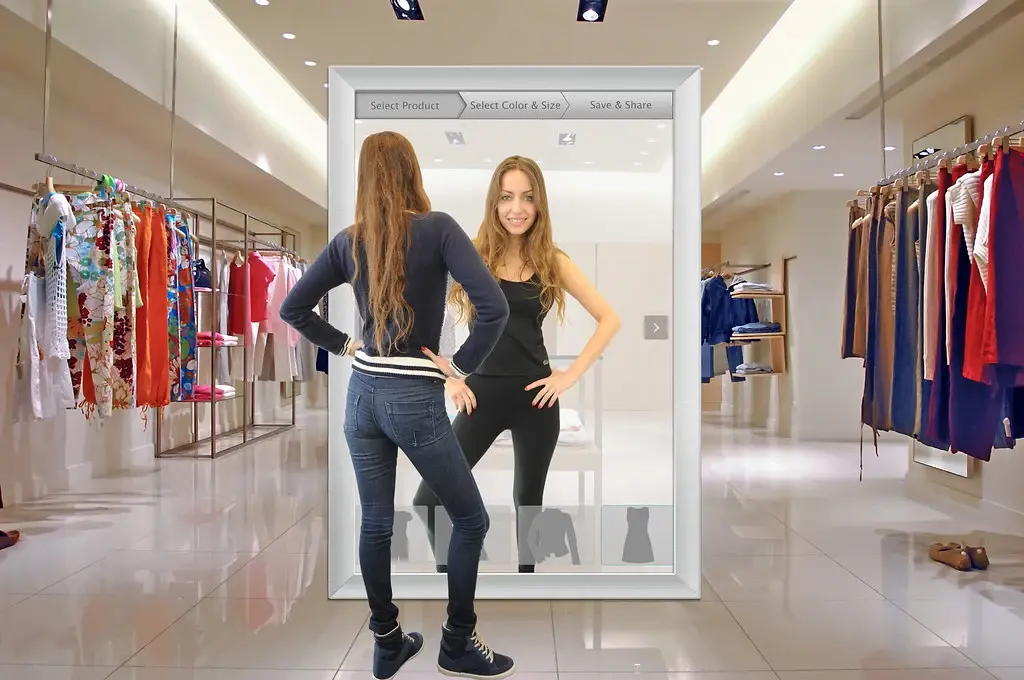Augmented reality (AR) has emerged as a revolutionary tool in marketing, fundamentally changing how brands connect with their audiences. AR provides an engaging experience that overlays digital elements in the real world. Its versatility allows for applications across various sectors, including retail, tourism, entertainment, and food. Unlike virtual reality (VR), which immerses users in a fully digital setting, AR enhances the user experience by integrating digital content into their physical surroundings, typically through smartphones or tablets. This practicality makes AR especially suitable for everyday marketing efforts.
This unique capability has made AR a widely accessible technology that captures consumer attention. A 2021 research report revealed that 74% of participants believed that advertisements incorporating AR would be more engaging than traditional ads. Furthermore, the recent introduction of the Apple Vision Pro suggests that AR technology is set to play an increasingly vital role in our daily lives and, consequently, in our marketing strategies.
Suggested Read: AR Beauty Filters and Their Reality
What are AR Mirrors?
An augmented reality mirror is an advanced device that merges real-time video with computer-generated graphics. Unlike conventional mirrors, AR mirrors project digital elements over the user’s reflection, allowing them to engage with virtual products. This technology has found its niche primarily in retail and brand marketing, enhancing how consumers shop and experience products.
AR mirrors utilize advanced depth-sensing cameras and software algorithms, enabling users to see an interactive display that blends with their appearance. This integration offers a captivating visual experience and allows for user engagement, encouraging customers to explore virtual products.
Elevate customer engagement with our custom Augmented Reality Development Services at Euphoria XR!
The Impact of AR Mirrors: Key Statistics
Concrete statistics often play an important role in influencing marketers’ decisions regarding advertising strategies. Let’s examine augmented reality marketing trends, particularly virtual try-on features.
70% of shoppers indicate they would be more inclined to purchase if augmented reality is involved.
32% of consumers are currently utilizing AR technology while shopping.
40% of buyers are willing to spend more on products that offer AR customization options.
71% of shoppers express a desire for more virtual try-on experiences.
Click here to see the full report.
How AR Mirrors Transform Brand Marketing and Consumer Engagement
To appreciate the impact of AR mirrors on brand marketing, it’s important to define augmented reality (AR) first. AR is a technology that overlays digital content in the real world, allowing users to interact with both elements simultaneously through devices like smartphones and tablets.
When users activate their smartphone camera to take photos or videos, augmented reality tools can introduce virtual objects into the frame. This creates an interactive experience where digital items appear within the physical environment, captured through the device’s lens.
A Transforming Shopping Experience
In fashion retail, AR mirrors are primarily utilized for Virtual Try-On (VTO) experiences.
One of the best features of AR mirrors is the ability for consumers to virtually try on products such as clothing, accessories, and cosmetics without any physical interaction. This interactive feature instantly empowers shoppers to see how different styles look on them, improving their confidence in purchasing decisions. Brands like IKEA and Sephora have embraced AR technology, allowing shoppers to visualize products in their environments before purchasing.
For instance, IKEA’s IKEA Place app allows customers to visualize how furniture appears and fits in real-life environments. This innovative approach reduces uncertainty and enhances confidence in purchasing decisions.
Similarly, Sephora’s Virtual Artist app allows customers to try on makeup virtually, minimizing the chances of returns and providing an enjoyable shopping experience. By allowing consumers to experiment with different products, these AR applications empower them to make informed choices.
Promoting Deeper Connections
AR goes beyond simple interaction; it helps create an emotional bond between customers and products, leading to higher conversion rates. This personalized experience allows shoppers to see how a product suits their style or needs, eliminating the need for a physical store visit.
Many car manufacturers have also adopted AR technology to enhance the vehicle-buying experience. Potential buyers can explore every feature of a car and customize models virtually. This engaging approach excites customers and promotes a stronger connection, ultimately driving sales.
The Art of Crafting Memorable Brand Experiences
As technology evolves, traditional marketing strategies are replaced by creating unforgettable brand experiences. Today’s customers are more thoughtful and want meaningful experiences that connect with them.
For instance, Pepsi’s AR bus shelter campaign in London captivated onlookers by incorporating fantastical elements like UFOs and tigers into the real world. Such campaigns generate significant excitement and encourage sharing on social media, expanding the brand’s reach.
These creative marketing tactics spark discussions and leave a lasting impression on consumers, enhancing engagement and loyalty.
Suggested Read: 15 Examples of Augmented Reality Brand Experiences
Merging the Virtual and Real Worlds
AR creates a unique shopping experience for customers online or in brick-and-mortar stores. Interactive displays and AR-enabled mirrors can recommend color combinations, suggest styles, and provide instant feedback. Shoppers can mix and match clothing items without trying them on, making shopping more enjoyable and interactive.
By seamlessly blending the digital and physical worlds, AR mirrors offer a dynamic shopping experience that allows consumers to explore their options excitingly. This integration captivates customers and elevates brands in a competitive marketplace, making AR mirrors a magical asset for brand marketing and consumer engagement.
Final Note!
Integrating AR mirrors into brand marketing strategies offers an exceptional opportunity to elevate consumer engagement and enhance brand visibility. By providing interactive, personalized experiences, brands can boost lasting relationships with their audience, ultimately driving sales and loyalty.
Are you curious about how augmented reality can enhance your business? Contact our expert AR/VR consultant for personalized advice that fits your needs.


















